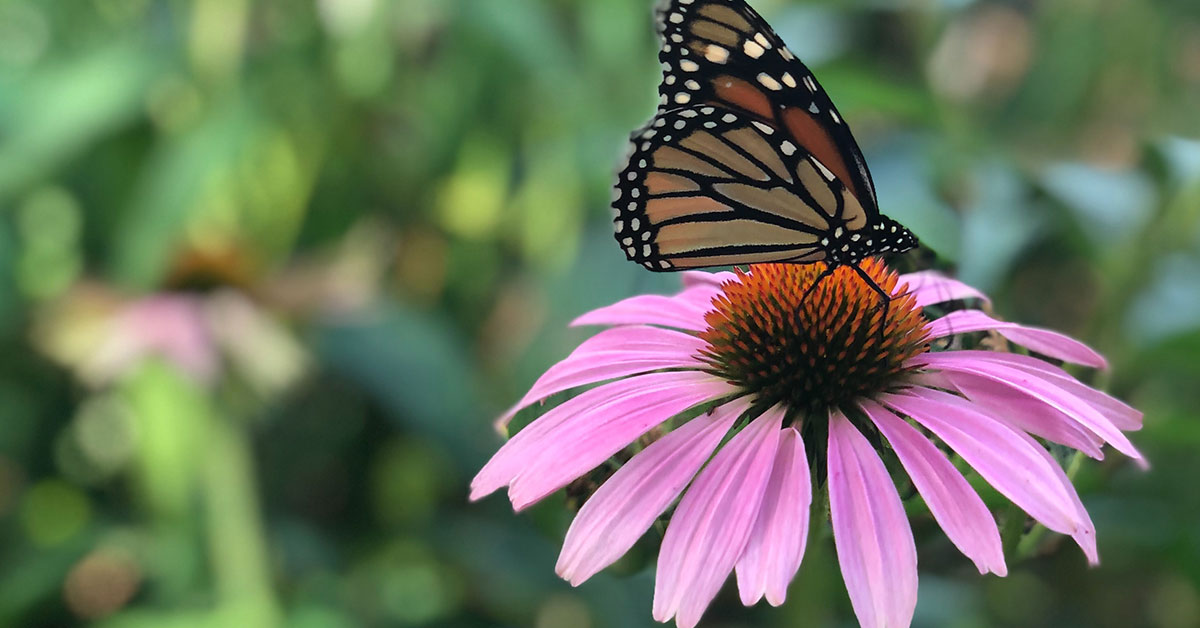Crocuses are one of my all time favorite flowers. I absolutely love them. After months of drab, gray, brown, white winter weather, crocuses burst through the snow with these vibrant colors as if to say ‘ready or not, spring, here I am!’ But springtime isn’t the only time that crocuses flower. The autumn crocus flowers late in the season, as if to tell winter ‘hey pal, not so fast.’ In this article, we’ll talk about how to grow autumn crocus and how to get the most out of your fall crocuses.
Autumn crocuses are a surprising flower to many gardeners as they are not frequently grown. Their spring varieties are much better known. Planting fall crocuses will surprise your neighbors with one final splash of color before it starts snowing.
Read more: These 22 perennials will thrive in your garden for decades
All about fall crocuses
Autumn crocuses are a type of flower that emerges from a bulb, or corm, when the weather reaches the perfect balance of cool temperatures and precipitation. These flowers have been cultivated by humans for thousands of years, first by Egyptians for purported medicinal uses.
One of the ways crocuses reproduce is through the asexual production of ‘daughter’ corms. Smaller corms begin growing off of their parent corm, which creates not one but multiple crocus plants growing up in a bunch together.
Once fall crocuses begin to flower, like their spring counterparts, the flowers die back after about three weeks. These flowers are nice to have because they provide pollinators with an easy source of food after most flowers have died back. This helps your local bees survive winter.
How to grow autumn crocus
Growing fall crocuses is pretty easy. These flowers break through the soil right around the time the rest of your garden has gone down for the season, so they’re a great splash of color before winter sets in. Here’s how to grow autumn crocus corms:
- First, work some organic material into well-draining soil. Compost should do the trick
- Plant corms in late summer to early fall 2 inches below the surface of the soil with the pointy end up
- Plant crocus bulbs in small clusters to produce denser flowers
- Space crocus clusters out by a few inches
- Provide water, but don’t over-water
Crocuses like well-draining soil and don’t appreciate being soggy. Soggy fall crocus corms are not likely to succeed.
Autumn crocus bulbs
There are a few really stellar varieties of fall crocus corms that you can plant in your garden. Some of our favorite are:
- Giant crocus (white flowers)
- Autumn queen crocus (violet flowers)
- Lilac wonder crocus (pink flowers)
- Conquest crocus (violet flowers)
- Violet queen crocus (violet flowers with a white center)
We hope this guide on how to grow autumn crocus bulbs helps give your garden that wonderful little splash of fall color!
Keep Reading: What To Plant In October













